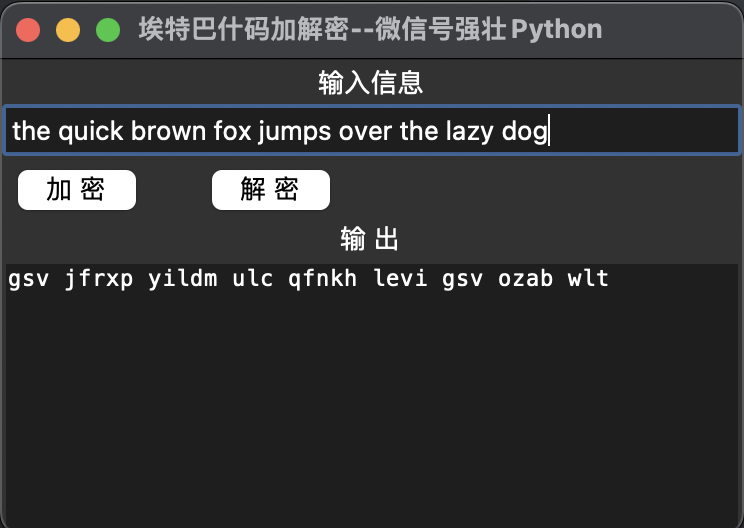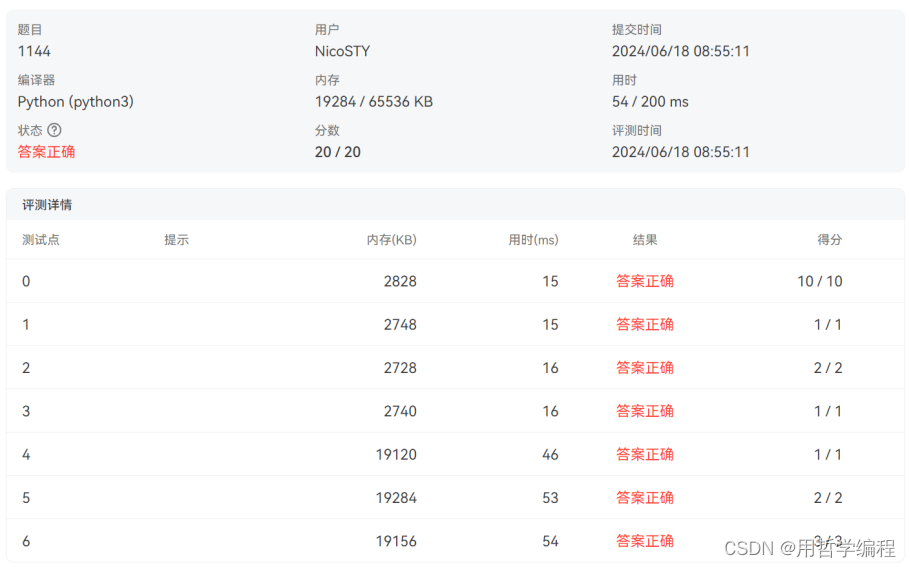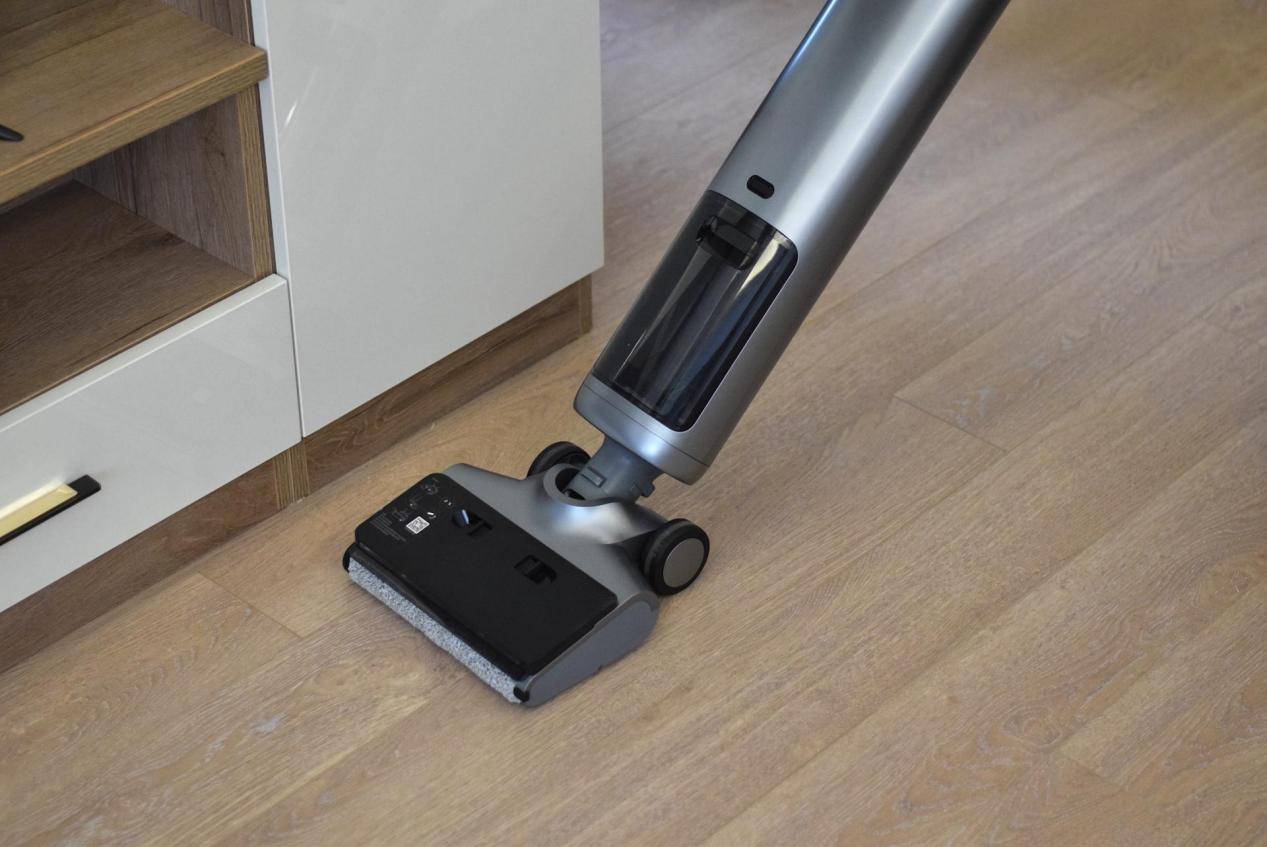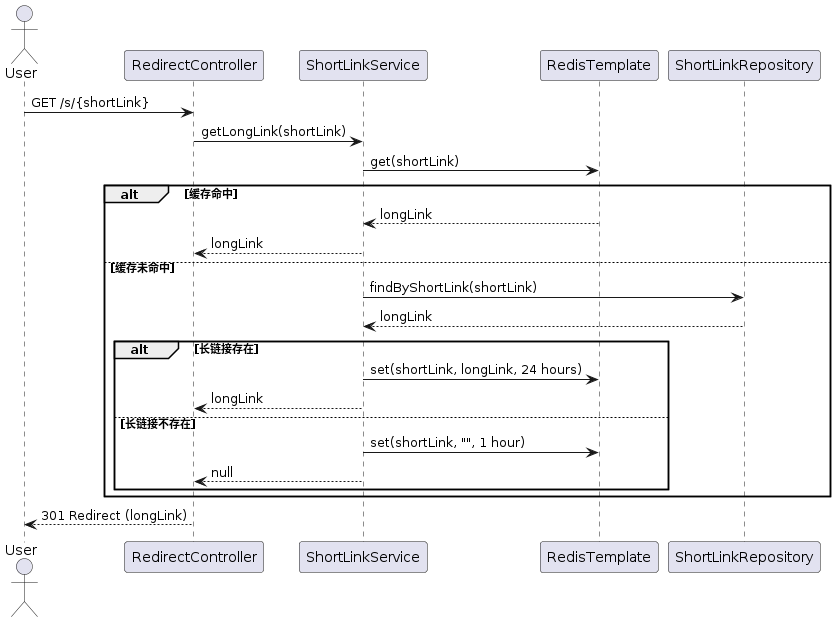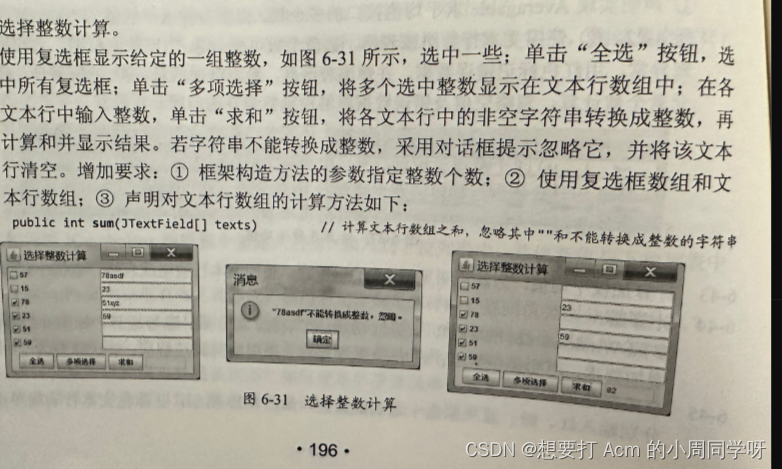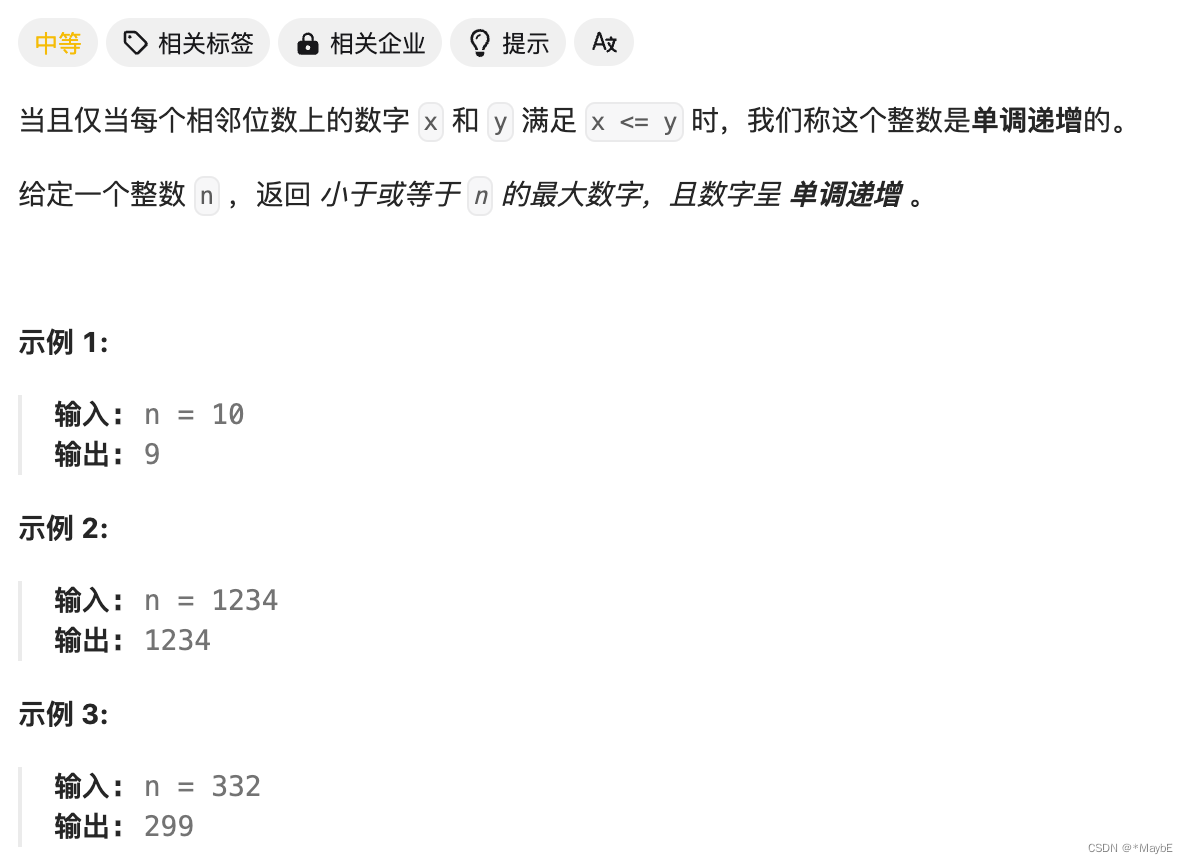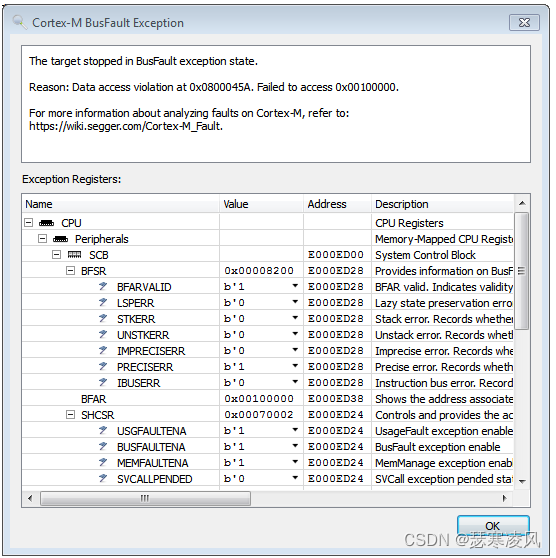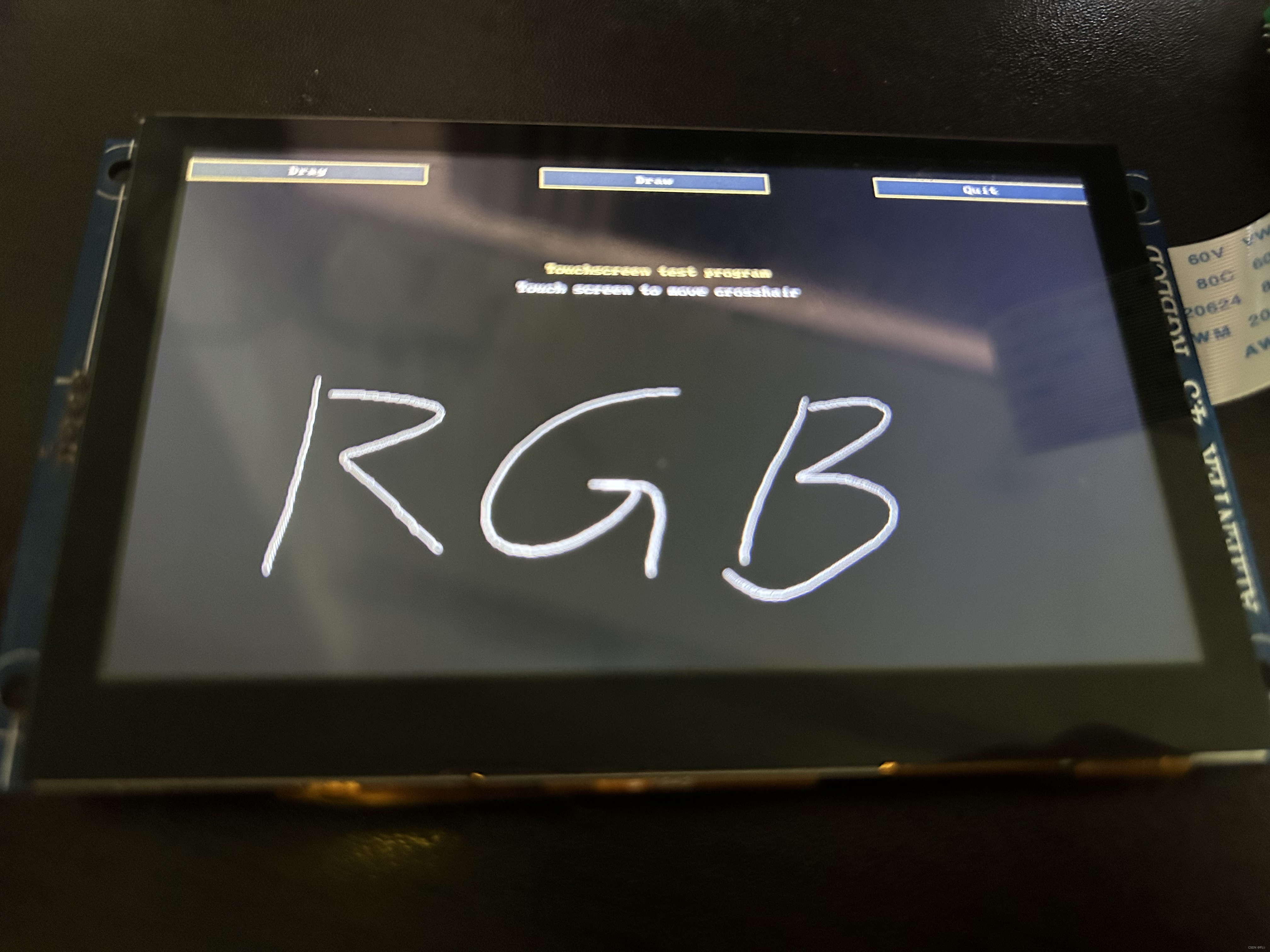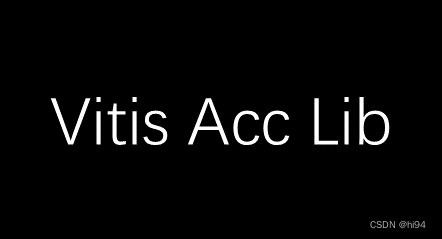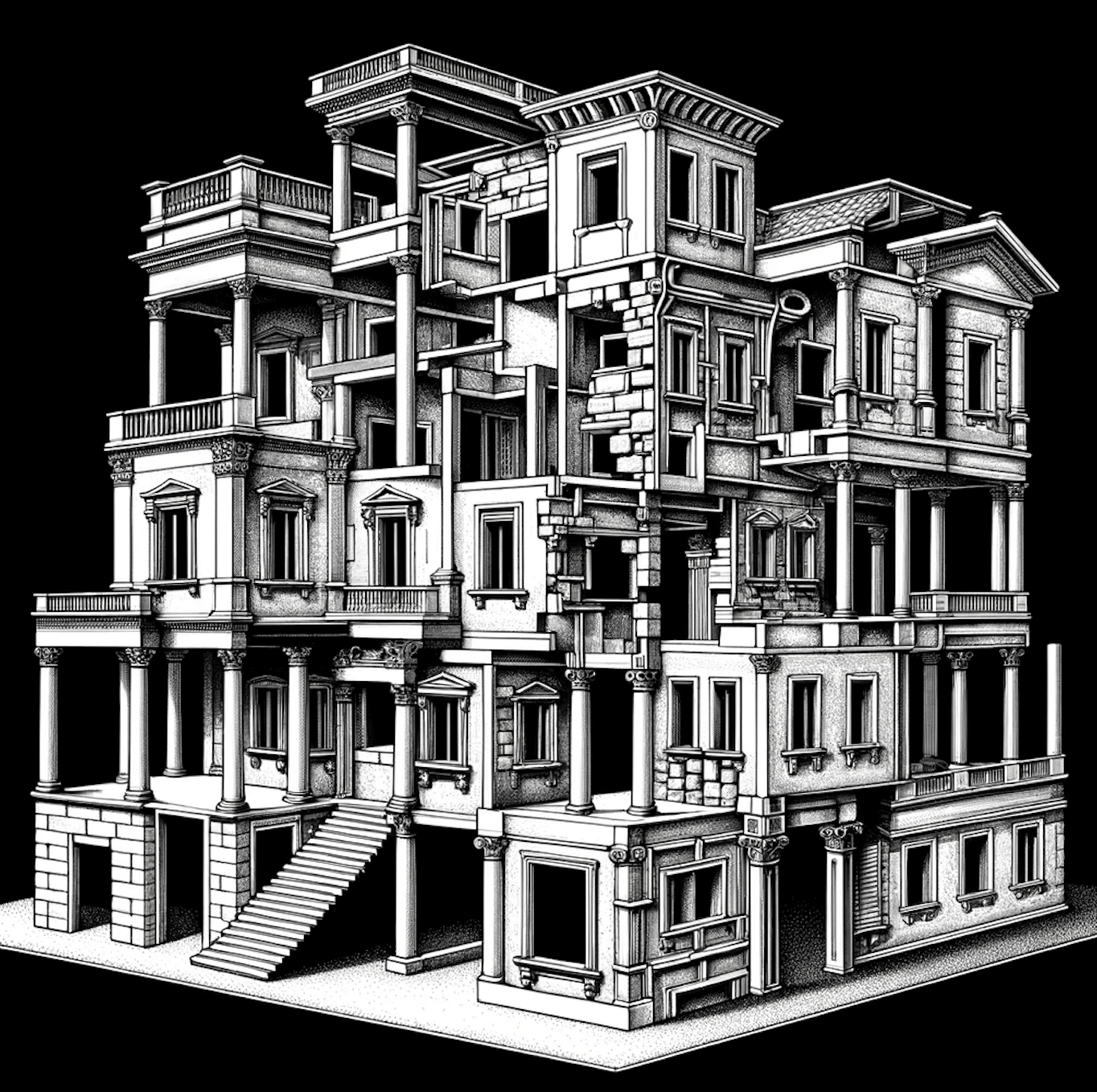Normally when I talk about learing quickly, I’m using speed as a synonym for efficiency.Use more effective methods and you’ll learn more in less time.All else being equal, that means you’re learing faster.
通常我在谈到快速学习时,是把“速度"当作“效率"的同义词来用的。使用更高效的方法,就能用更少时间学会更多内容。 在其他条件不变的情况下,这就意味着学得更快。
Today, however, I want to consider a different meaning for speed:how quickly should you try to do things in order to improve performance.
但今天我想谈谈速度的另一层意思:为了提高水平,你应该以多快的速度做一件事情?
One way to imagine this is to look at something like chess.Chess can be played at different speed levels:you could play tournament-length games, which take hours.You could play blitz, which has only a few minutes, or bullet chess where moves are counted in seconds.
一种思考的办法是考虑下棋这样的活动。可以以不同的速度下棋:你可以像棋类锦标赛那样下,一局花几个小时;也可以下快棋,一局只要几分钟,或者更快的快棋,每一步只有几秒钟思考。

If your goal were to improve at chess, which kind should you make your core practice?
如果你的目标是提高棋艺,应该着重练习哪种呢?
Speed and Transfer
速度与迁移
The first thing to consider is that often what we think of as a single skill is actually different skills when viewed from different timeframes.
首先需要考虑的是,通常我们认为是同一种技能的东西,从不同时间框架来看,其实是不同的技能。
Consider solving a math problem.You can painstakingly calculate an exact answer.Or you can ballpark it using some guessing.While the two skills are related, they are, strictly speaking, different mental abilities.
比如解决数学问题。你既可以费力地计算一个准确的结果,也可以估计一个大概的范围。这两种技能虽然相关,但严格说起来,它们是不同的智能。
The research on transfer shows that when we train skills, they tend to be learned quite narrowly.So tons of time learing to do back-of -the-envelope calculations may not improve your calculating skills as much as you’d expect.This also works in the opposite direction as you may be able to get the ‘right’ answer, but without a quick guess that’s in the bllpark.
关于能力迁移的研究表明,我们在训练某种能力时,往往只能训练到非常有限的一部分。因此,花大量时间练习粗略地估算,并不会像你希望的那样提高计算能力。反之也一样,你或许能够计算出“正确”的答案,但无法粗略地估计是否在合理的范围。
I experienced this firsthand when working on my portraint drawing project.
我在进行肖像画项目时就亲身体会了这一现象,
My initial thought was that drawing faces well came from ‘guessing’ the relative positions of facial features, lines and shapes.Thus if I simply did more and more quick practice, my guesses would get increasingly accurate and I’d draw realistic pictures.Speed, then, made sense.
我一开始认为,画好人物面部肖像,靠的是“估计"五官、线条和形状的相对位置。因此,只要我练习越来越多的速写,就会估计得越来越准确,从而画出逼真的肖像。速度在这里是说得通的。
This worked, for a while, but eventually I found that my problem wasn’t accuracy but precision.There was too much variablility in my guesses even if I wasn’t systematically making a particular kind of mistake.
这起作用了一阵子,但最终我发现自己的问题不是准确度,而是精确性。尽管我没有系统性地犯特定某种错误,但我的估计还是有太多不一致的地方。
The solution ended up being learning a different method for drawing based on triangulation, as taught by Vitruvian Studio.This method, in contrast to my guess-andsketch approach, was not fast.My first attempts took hours.With practice, I could do it faster, but it was still much slower and more painstaking than sketching.
最终的解决办法,是我学习了Vitruvian Studio教的三角定位画法。与我自己的估计、速写式画法不同,这种方法并不快。我最开始尝试时花了几个小时。经过练习,我可以画得快一些,但仍然比速写慢得多、辛苦得多。

The result was that I got better at drawing portraits, but only weakly better at doing quick sketches. The skills I enhanced mostly worked when I had at least an hour to draw, not sixty seconds.If I wanted to get better at the sixty-second sketches, I’d probably need to master different techniques.
结果是,我的肖像画画得好多了,但是速写只提高了一点。只有当我有至少一小时而不是只有一分钟画画时,通过三角定位画法训练的技能才能发挥作用。如果我想要提高六十秒速写的水平,恐怕需要掌握另外的技巧。
The lesson here is that the timeframe you need to perform a skill within often constrains the methods you can use to master it.The way you solve a problem in ten seconds is often, cognitively speaking, quite different from the way you solve it in an hour.
从这件事中得到的经验是,有多长时间做一件事,通常限制了掌握所需技能应用的方法。花十秒钟解决一个问题的方法,从认知学的角度来说,通常与花一小时解决的方法是大不相同的。
5.How Fast Should You Be When Learning?(你应该用多快的速度学习? (一))
本文来自互联网用户投稿,该文观点仅代表作者本人,不代表本站立场。本站仅提供信息存储空间服务,不拥有所有权,不承担相关法律责任。如若转载,请注明出处:/a/744294.html
如若内容造成侵权/违法违规/事实不符,请联系我们进行投诉反馈qq邮箱809451989@qq.com,一经查实,立即删除!相关文章
埃特巴什码加解密小程序
埃特巴什码加解密小程序
这几天在看CTF相关的课程,涉及到古典密码学和近代密码学还有现代密码学。
简单替换密码
Atbash Cipher
埃特巴什码(Atbash Cipher)其实可以视为下面要介绍的简单替换密码的特例,它使用字母表中的最后 一个字母代表第一个字母…
SSLyze:一款快速高效的SSLTLS扫描工具
关于SSLyze
SSLyze是一款快速高效且功能强大的SSL/TLS扫描工具,同时它也是一个Python库。 SSLyze在与目标服务器连接成功之后,可以对目标目标服务器的SSL/TLS配置进行扫描和分析,并确保其使用健壮的加密设置,包括证书、密码套件和…
SQL连接与筛选:解析left join on和where的区别及典型案例分析
文章目录 前言数据库在运行时的执行顺序一、left join on和where条件的定义和作用left join on条件where条件 二、left join on和where条件的区别原理不同left join原理:where原理: 应用场景不同执行顺序不同(作用阶段不同)结果集…
一文入门Makefile
今天我们来玩玩Makefile。
这边是借鉴的陈皓老师的《跟我一起写 Makefile》
pdf下载链接如下。 链接:https://pan.baidu.com/s/1woRq2nEkgzLv1o5uE0FZHg?pwdmhrh 提取码:mhrh 我们之前已经算是入门了gcc,那我们的下一站就是Makefile&…
每日一题——Python实现PAT甲级1144 The Missing Number(举一反三+思想解读+逐步优化)四千字好文
一个认为一切根源都是“自己不够强”的INTJ
个人主页:用哲学编程-CSDN博客专栏:每日一题——举一反三Python编程学习Python内置函数
Python-3.12.0文档解读 目录
我的写法
时间复杂度分析
空间复杂度分析
总体空间复杂度:O(N)
总结
我…
洗地机什么牌子耐用?四款高品质洗地机型号强烈安利
在快节奏的现代生活中,保持家庭清洁成为了许多人的挑战。传统的清洁方式不仅耗时费力,还难以彻底清洁地板上的污渍和毛发。特别是对于有宠物的家庭,毛发的清理更是让人头疼。如果有一款洗地机,既能高效清洁又能省时省力࿰…
Matlab|风光及负荷多场景随机生成与缩减
目录 1 主要内容
计算模型
场景生成与聚类方法应用
2 部分程序
3 程序结果
4 下载链接 1 主要内容
该程序方法复现了《融合多场景分析的交直流混合微电网多时间尺度随机优化调度策略》3.1节基于多场景技术的随机性建模部分,该部分是随机优化调度的重要组成部分…
从0到1构建自己的短链接系统
1. 短链系统简介
1.1 短链系统的定义与用途
短链系统是指将一个较长的URL地址,通过特定的算法生成一个较短的、具备唯一性的URL地址。这种系统广泛应用于社交网络、短信、邮件营销等场景,它能帮助用户在字数受限的情况下分享链接,并且还具有…
6-47选择整数计算
整数计算: 用swing组件来实现整数计算,需要对整数计算的值进行校验。
import javax.swing.*;
import java.awt.*;
import java.awt.event.*;public class IntegerCalculator extends JFrame implements ActionListener {private JCheckBox[] checkBoxe…
老杨说运维 | 基于业务全链路的端到端排障分析(文末附现场视频)
前言
青城山脚下的滔滔江水奔涌而过,承载着擎创一往无前的势头,共同去向未来。2024年6月,双态IT成都用户大会擎创科技“数智化可观测赋能双态运维”专场迎来了完满的收尾。 本期回顾来自擎创科技产品总监殷传旺的现场演讲:云原生…
封装了一个iOS联动滚动效果
效果图 实现逻辑和原理
就是在 didEndDisplayingCell 方法中通过indexPathsForVisibleItems 接口获取当前可见的cell对应的indexPath, 然后获取到item最小的那一个,即可,同时,还要在 willDisplayCell 方法中直接设置标题的选中属…
代码随想录算法训练营第三十四天|56. 合并区间、738.单调递增的数字、968.监控二叉树
56. 合并区间 题目链接:56. 合并区间 文档讲解:代码随想录 状态:无语,这题从右边界排序做不了! 思路:
排序:按照区间的起始位置进行排序,这样后面处理时可以顺序合并重叠区间。合并…
Cortex-M Fault
Cortex-M CPU 会在系统发生故障时引发异常。非法内存写入和读取、访问未通电的外设、执行无效指令、除以零以及其他问题都可能导致此类异常。通常在所有情况下都会引发 HardFault 异常。对于某些故障,可以启用不同的异常来专门处理这些情况。
Cortex-M 故障异常
…
剪画小程序:视频文案提取神器:制作爆款视频的第一步!
在这个信息爆炸的时代,视频成为了我们获取知识和娱乐的重要途径。
但有时候,我们想要的不仅仅是观看视频,而是能够将其中精彩的文案提取出来,为自己的创作添砖加瓦。
现在,有一款神奇的工具应运而生,为您…
Linux-笔记 全志T113移植正点4.3寸RGB屏幕笔记
目录 前言
线序整理
软件
显示调试
触摸调试
背光调试 前言 由于手头有一块4.3寸的RGB屏幕(触摸IC为GT1151),正好开发板上也有40Pin的RGB接口,就想着给移植一下,前期准备工作主要是整理好线序,然后用转接板与杜邦线连接验证好…
Vitis Accelerated Libraries 学习笔记--Vision 库的组织结构
1. 简介
Vision 库的组织结构如下:
├── L1/
│ ├── README.md
│ ├── examples/
│ ├── include/
│ ├── lib/
│ └── tests/
├── L2/
│ ├── README.md
│ ├── examples/
│ └── tests/
├── L3/
│ ├── R…
突破架构瓶颈:克服软件系统中的漂移和侵蚀
一种常见但不完美的比喻是将软件系统中的架构漂移和侵蚀与物理建筑的架构相比。虽然这个比喻很直观,但它存在一个根本性的误解,这也常常引发软件开发中的架构问题。 试想一下,一个设计良好的摩天大楼或房屋建成后,我们期望它基本保…
本地电脑配置不足,对工业仿真计算有哪些影响?
工业仿真计算对电脑的要求相对较高,这主要是因为仿真过程涉及到大量的数据处理和复杂的计算任务。一个高效的工业仿真系统需要强大的计算能力和稳定的运行环境,以确保仿真的准确性和实时性。 工业仿真对电脑配置有哪些要求
首先,工业仿真计算…
Prompt 提示词工程:翻译提示
近期在对计算机学习时,许多内容需要看原始的英文论文,对于我这种学渣来说特别不友好,🤷🏻♀️无奈只能一边看翻译,一边学习。
之前有搜到过专门的翻译工具,无奈都是按照字数算费用的…
都2024年了,现在互联网行情怎样?
都2024年了,互联网行情是怎样的?
很直白的说,依旧是差得很,怎么说?
我刚在掘金上看到一个掘友写的文章,他是四月领了大礼包,据他的描述如下: 互联网行情依旧是差得很,很…
